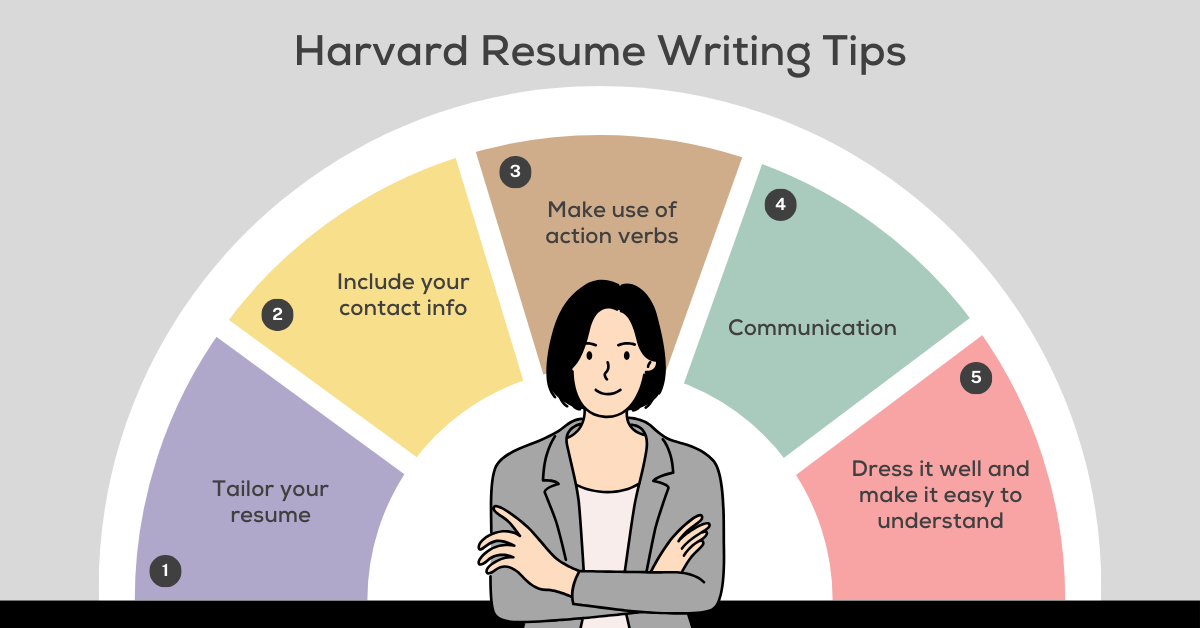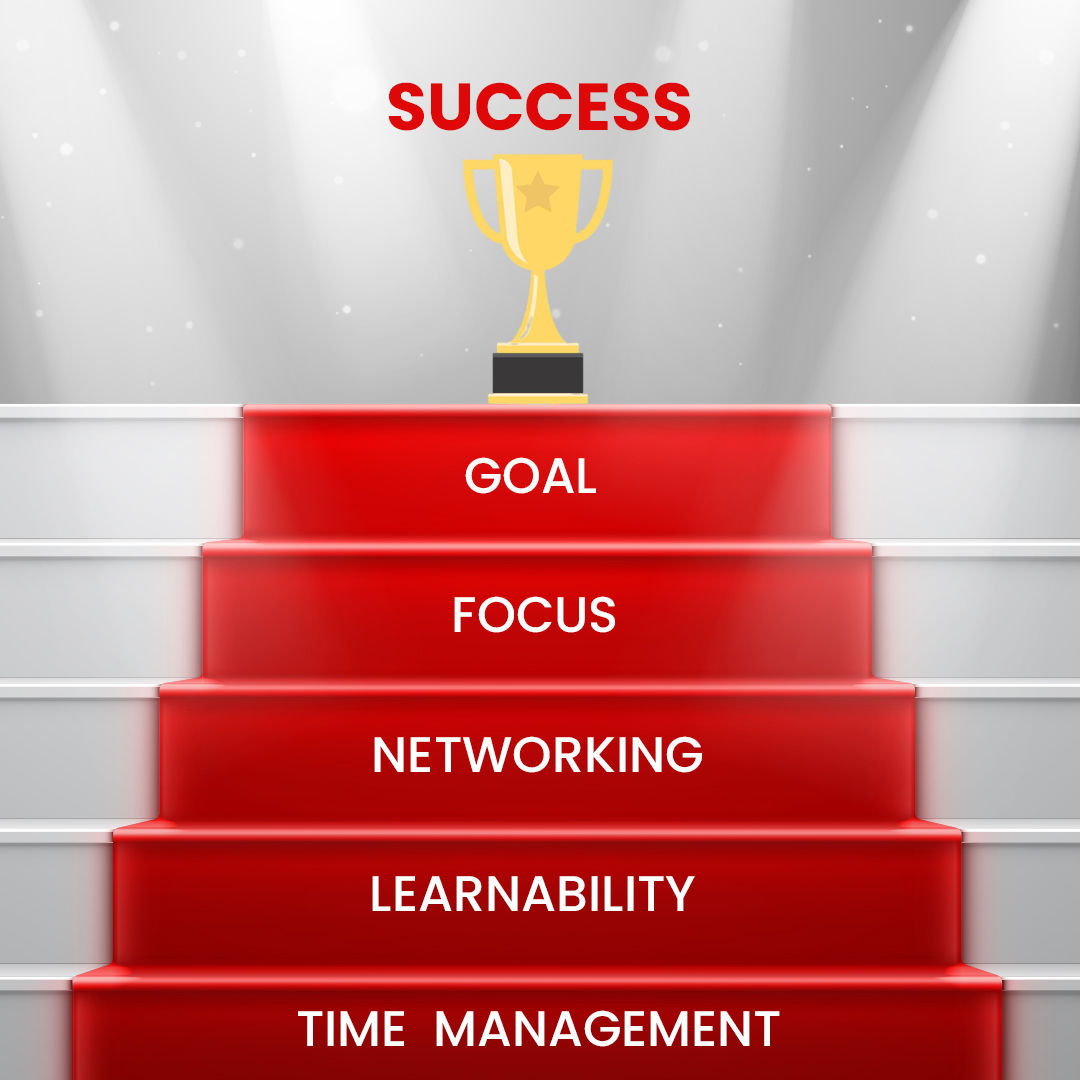Posted on April 29th, 2024

Crafting a standout resume is crucial in today's competitive job market. It's your first impression, the initial pitch that can open doors to new career opportunities. One of the most powerful tools in your resume-writing arsenal is the strategic use of bullet points. These simple yet effective elements enhance readability and impact, allowing you to present your experiences and skills clearly and persuasively.
Bullet points break down information into digestible pieces, making it easier for hiring managers to scan through your qualifications quickly. They help emphasize key accomplishments and draw attention to what sets you apart as a candidate. In this guide, we'll delve into how crafting compelling bullet points can transform your resume from good to great, ensuring that each point made is a step closer to landing that dream job interview.
A resume is more than just a list of jobs—it's your marketing tool, designed to catch an employer's eye and show them why you're the right person for the job. One of the most effective elements in a resume is bullet points. Let's dive into what they are and why they work so well.
Bullet points break down information into bite-sized pieces that are easy to scan and absorb. In resumes, these bullets clearly and precisely highlight your skills, experiences, and achievements. They serve quick signals to recruiters who often skim through many applications simultaneously.
Our brains love lists because they organize information in a simple, simple structure - making complex data easier to understand. When we see bullet points on a resume, it naturally draws our attention from one point to another without overwhelming us with text-heavy paragraphs.
Using bullet points effectively ensures that each line packs a punch while also making it effortless for hiring managers to spot key details about your professional journey.
Crafting compelling bullet points on your resume can transform it from a bland list of duties into a powerful showcase of your achievements. Let's dive into how you can make each point pop and leave a lasting impression on potential employers.
Begin every bullet point with an action verb to inject energy and clarity into your descriptions. Words like "managed," "developed," or "increased" immediately convey responsibility, initiative, and success. These verbs act as a springboard, launching the reader straight into the heart of what you've accomplished.
Numbers speak louder than words when it comes to illustrating your professional impact. By quantifying your achievements—whether boosting sales by 20%, reducing project timelines by 30%, or leading a team of 10—you provide concrete evidence of your value to an organization. This numerical proof is often what sets one candidate apart from another.
The power of brevity cannot be overstated when crafting bullet points for resumes. Keep them short and sweet; aim for no more than two lines per point if possible. This approach makes information easier to digest and respects the hiring manager’s time—a courtesy they're sure to appreciate.
Focusing on these key strategies ensures that each bullet point on your resume is impactful and memorable, paving the way for greater career opportunities.
A job description is more than just a list of duties; it's a roadmap for your resume's bullet points. To stand out, align your resume with the specific needs and language of the posting.
Start by identifying keywords using NextJobPro in the job—these are often skills or qualifications the employer prioritizes. For example, if "project management" and "team leadership" frequently appear, these terms should feature prominently in your bullet points.
Next, customize each point to reflect how your experience directly relates to these key areas. Instead of writing "Managed a team," specify with something like "Led a 10-person team in completing a complex project under budget." This not only shows you're qualified but also demonstrates tangible outcomes. NextJobPro can craft impactful bullet points for your resume highlighting your skills and experience, ensuring each keyword stands out to potential employers.
Remember, relevance is crucial. If you've held multiple roles, prioritize experiences that match the job requirements over less pertinent positions—even if they were more recent. It’s about showcasing how well-suited you are for this particular role.
Lastly, don't forget soft skills! If communication or adaptability are mentioned in the job description, weave examples demonstrating these traits into your bullet points.
By tailoring each point on your resume to mirror the language and requirements of the job description closely, you'll make it easy for hiring managers to see why you're an ideal candidate.
Regarding the structure and order of bullet points on your resume, consider them your career highlights reel. They should capture your most impressive feats in a way that is easy for hiring managers to scan and remember.
Start with the heavy hitters – those achievements or responsibilities that align closely with the job you're applying for. If you've got numbers to back up your successes, even better! For instance, "Increased sales by 30% within six months" is a surefire attention-grabber.
Remember, relevance is key. Your stint as a summer camp counselor might have been fun, but it probably shouldn't lead your list unless you're applying for a role in education or leadership training.
It's tempting to fill your resume with every task you've tackled. But here's the thing: employers want to see what you did and how well you did it. So, mix it up! Alongside duties like "Managed a team of five," include wins like "Boosted team productivity by implementing new project management software."
This balance tells potential employers two things: You know what the job entails, and you can deliver results that matter.
By structuring bullet points effectively—leading with impact, tailoring them to showcase relevant skills—you'll craft a narrative that makes recruiters take notice. Keep this strategy in mind as we discuss visual appeal and readability next.
Regarding your resume, visual appeal is just as crucial as the content. A well-designed layout captures attention and easily guides the reader through your professional story. Let's delve into how you can enhance both of these aspects.
The font you select speaks volumes before a single word is read. Stick to classic, professional fonts like Arial or Times New Roman—these are timeless and highly legible across different devices and platforms. As for size, aim for a sweet spot between 10-12 points; this range strikes an ideal balance that makes reading comfortable without straining the eyes.
White space is your ally in creating a resume that breathes sophistication and simplicity. It's not merely space; consider it the canvas upon which your career highlights will shine. Too much text crammed together can overwhelm readers, while generous margins around text blocks invite them in.
By strategically using white space, you create a natural flow that effortlessly leads recruiters from one section to another - a subtle nudge keeping their interest piqued throughout your document.
Remember, every element on your resume should serve a purpose - enhancing readability while maintaining an aesthetic edge ensures that yours stands out in a sea of sameness.
Crafting a resume is an art; like any masterpiece, the details matter. When it comes to bullet points, these small but mighty elements can make or break your resume's effectiveness. To ensure they pack the punch you need, let's dive into some common pitfalls to avoid.
It's easy to fall back on clichés like "team player" or "hard worker." But guess what? These are so overplayed that they've lost their luster. Instead of going for these worn-out phrases, focus on specific examples that showcase your skills in action. For instance, replace "excellent communication skills" with "presented monthly analytics reports to stakeholders leading to a 20% increase in targeted strategies."
Another trap is being too vague about your accomplishments and duties. Saying you were “responsible for managing a team” doesn’t tell much of a story. How big was the team? What did you achieve together? Did sales go up under your leadership? Get down to brass tacks: “Managed a team of 12 sales associates, increasing department revenue by 15% within one year.”
By steering clear of these common mistakes and focusing on clarity and specificity, your resume bullet points will stand out for all the right reasons – helping pave the way towards landing that dream job.
In wrapping up, remember that bullet points are your allies when creating a standout resume. They guide the reader through your professional story with clarity and punch. Starting each point with a dynamic action verb, quantifying your successes, and keeping it brief will leave a lasting impression.
As you tailor these bullets to align with job descriptions, infuse them with relevant keywords and prioritize your most compelling achievements. Pay attention to visual layout, too—crisp fonts and strategic use of white space can make all the difference.
Steer clear of clichés and generalities; specificity is key. With these tips, refine your resume regularly as you climb the career ladder. Each tweak brings you closer to landing that dream role!
 Employment Increases In June But Employers Face Difficulty In Filling Jobs
Employment Increases In June But Employers Face Difficulty In Filling Jobs A New Report On Good And The Bad States For Working Moms
A New Report On Good And The Bad States For Working Moms Jobs Report: April Sees New Jobs But Far Less Than Anticipated
Jobs Report: April Sees New Jobs But Far Less Than Anticipated 6 Ways You Don’t Know How Recruiters Help You
6 Ways You Don’t Know How Recruiters Help You How To Handle Chronic Complainers?
How To Handle Chronic Complainers? 7 Things To Say At Work
7 Things To Say At Work Self-help To Improve Your productivity In Office
Self-help To Improve Your productivity In Office Fintech Jobs Explained
Fintech Jobs Explained Tips To Tackle Your Appraisal Meeting
Tips To Tackle Your Appraisal Meeting 10 Signs That Say Your Job Offer Is On Its Way
10 Signs That Say Your Job Offer Is On Its Way These 10 jobs are most demanded in Canada
These 10 jobs are most demanded in Canada How can recruiters take the aid of digital transformation?
How can recruiters take the aid of digital transformation? Is Being A Data Scientist In Your Mind….?
Is Being A Data Scientist In Your Mind….? Using Emotional Intelligence To Deescalate Arguments
Using Emotional Intelligence To Deescalate Arguments How To Keep Your Office Boredom At Bay
How To Keep Your Office Boredom At Bay Contract Staffing leads to economies and talent retention
Contract Staffing leads to economies and talent retention Harvard Career Experts Explain How To Write Your Resume
Harvard Career Experts Explain How To Write Your Resume Fostering Psychological Safety At Work
Fostering Psychological Safety At Work Healthy Eating Tips For Night-Shift Workers
Healthy Eating Tips For Night-Shift Workers Top job websites to look for in 2021
Top job websites to look for in 2021 Lost job…? Here Are Your Sure-Shot Job Hunting Tips
Lost job…? Here Are Your Sure-Shot Job Hunting Tips What is work-life integration and how it works...?
What is work-life integration and how it works...? ! Good-Bye: 2020, Welcome 2021!
! Good-Bye: 2020, Welcome 2021! Give Thanks With A Grateful Heart! - CEO Message
Give Thanks With A Grateful Heart! - CEO Message Your LinkedIn Profile Is a Live Resume
Your LinkedIn Profile Is a Live Resume Must have traits to be a Successful Recruiter during COVID-19
Must have traits to be a Successful Recruiter during COVID-19 It isn’t What you say, It is How you say is called Communication
It isn’t What you say, It is How you say is called Communication Bonding + Rapport = Strong Pipeline
Bonding + Rapport = Strong Pipeline Empathy... Need of the hour !!
Empathy... Need of the hour !! W3Global, Inc. unveils New Logo and Redefines Staffing Strategies
W3Global, Inc. unveils New Logo and Redefines Staffing Strategies Ways To Survive The COVID-19 Crisis
Ways To Survive The COVID-19 Crisis Can’t wait for this moment
Can’t wait for this moment How to answer “why work here?” question like a boss
How to answer “why work here?” question like a boss Let never a “Video interview” invitation ever bother you anymore…
Let never a “Video interview” invitation ever bother you anymore… Second Interview nerves? Here are some tips to boost your confidence and help you conquer that interview!
Second Interview nerves? Here are some tips to boost your confidence and help you conquer that interview! How to make your Hiring manager think that they are crazy if they don’t hire you
How to make your Hiring manager think that they are crazy if they don’t hire you How to write a Professional Summary that will WOW hiring managers!
How to write a Professional Summary that will WOW hiring managers! How to catch the hiring manager’s attention from the get-go
How to catch the hiring manager’s attention from the get-go How to avoid rejections from HR Managers or Recruiters
How to avoid rejections from HR Managers or Recruiters How to grab a Recruiter’s attention by changing just 5 things in your resume
How to grab a Recruiter’s attention by changing just 5 things in your resume